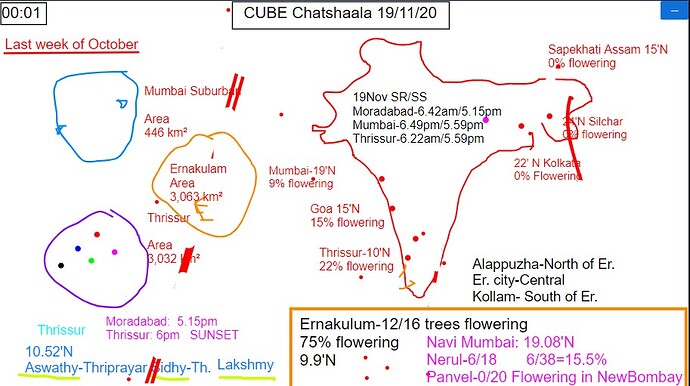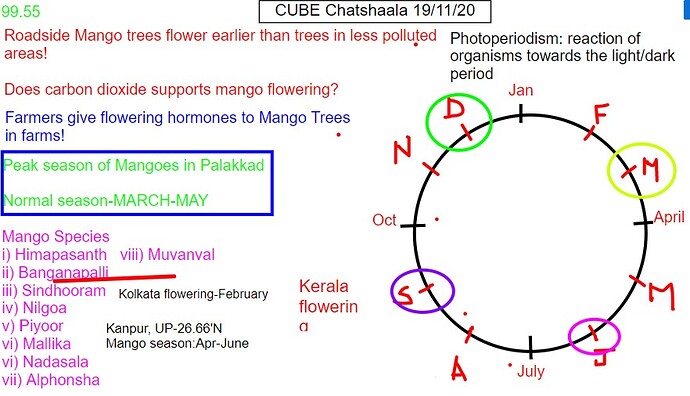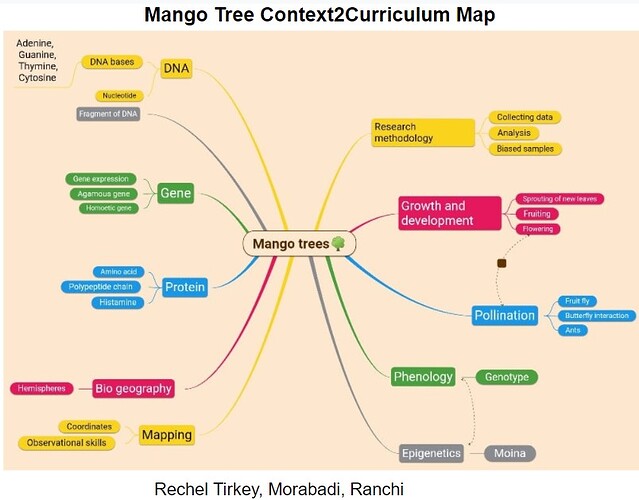CUBE Chatshaala on 19th November 2020
56 CUBists from 38 centres joined the webinar.
Map
ASSAM
Narsing HS, Silchar: Hasina Begam
Sonari: Susanta Tanti
BIHAR:
Sitamarhi: Anamika Singh
Patna: DK Nirmal, Kshipra
DELHI:
Dyal Singh College: P. Chitralekha
GOA:
Kalyani
Nidhi Kapileshwari
JHARKHAND:
Ranchi: Manjuel Jojo, Sweta Rani
Kanke, Ranchi: Ram Deepak
KARNATAKA:
Bangalore: Shama Sayyed
KERALA:
Ernakulam: Aarcha Soman, Aishwarya Elizabeth, Ashikha Farzana K.M., Asna Sherin, Devika Devanath, Manju V Subramanian, Nikitha T.N., Pooja Baiju, Rexeena, Sifuvan, Sahla Sherin, Yami George
Kottarakkara, Kollam: Annapoorna
Kozhikode: Arunima
Kochi: Bhavya
Palakkad: Dr Binumol. M, Dr Nisy Prasad, Shrudhiga
Malappuram: Gopee Krishna
Mullasery: Krishna
Kandanssankadavu: Lakshmy
Aluva, Kochi: Dr Revathy S
Thanniam: Sidhy PP
Thrithallur, Thrissur: Sreelakshmi VS
Perambavoor: Theres Hemin
MADHYA PRADESH:
Gwalior: Komal Singh
MAHARASHTRA:
South Bombay: Arunan MC
Nerul, Navi Mumbai: DK
Powai, Mumbai: Lydia Mathew
Andheri: Mandar Chavan
Belapur, Navi Mumbai: Mrunmayee More
Mulund: Omkar Badnale, Priti Kanade
Thane: Prashant Palane
Bandra: Saida Sayyed
Panvel, Navi Mumbai: Shraddha Sonavane
Prabhadevi: Yash Sheregare
UTTAR PRADESH:
Kanpur: Hina Mudgal
Moradabad: Kiran Yadav
WEST BENGAL:
GHS, Kolkata: Aranyak Sarma, Sneha Pal
Kolkata: Batul Pipewala
Aratrika Ghosh
Omesh



